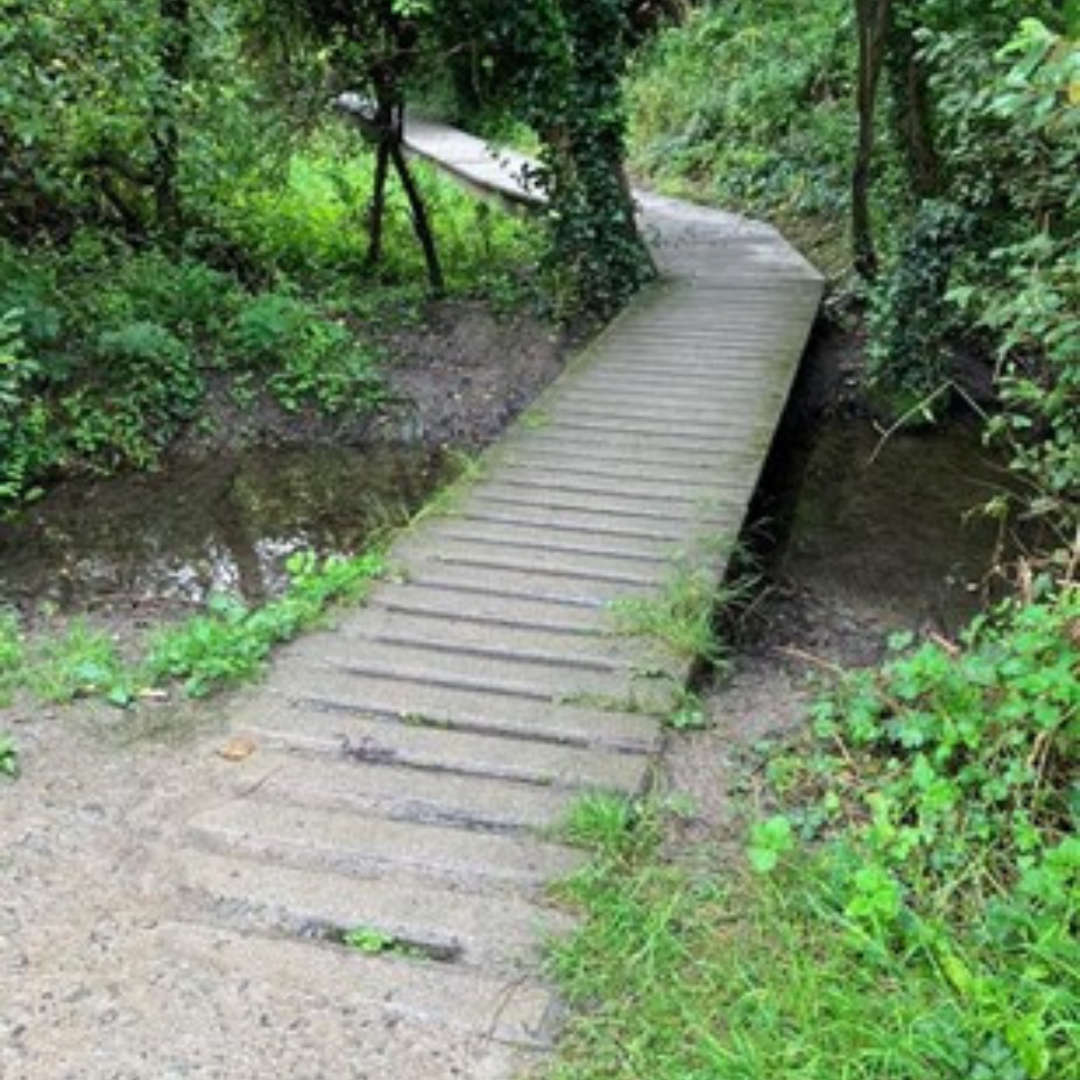
A significant upgrade to 75 miles of footpath along the South West Coast Path has been completed.
The improvements from Marsland Mouth at the Devon border to Newquay, create new access rights between the path and low water, allowing for easier movement along the coastline while enhancing safety and accessibility.
The newly improved section is part of the national King Charles III England Coast Path (KCIIIECP) project, which aims to establish a continuous coastal walking route around England. Once completed, the KCIIIECP will be the world’s longest managed coastal walking route and the UK’s longest National Trail.
The route follows the existing South West Coast Path National Trail, starting at the Devon border and stretching to Newquay railway station. Walkers will pass through towns and villages, including Bude, Boscastle, Tintagel, Port Isaac, Polzeath, Padstow, and Mawgan Porth. Key landmarks along the path include Tintagel Castle, the Rumps at Pentire, the Camel Estuary ferry, Trevose Head lighthouse, and Bedruthan Steps, offering breathtaking views and historical sites.
Natural England has realigned the path where possible, moving it closer to the sea to enhance accessibility and provide safer walking conditions. At Penhalt Cliff, for example, the path has been moved off the road and onto farmland to improve safety. Additionally, the new route introduces wider coastal access rights, including cliff tops and beaches, and ensures that the trail can be adjusted in response to coastal erosion.
Andrea Ayres, Deputy Area Director for Natural England, said: “This improved stretch of path takes in some of the best views in the South West and much-loved places that have been attracting visitors for many years. With the improvements to the path and the additional access rights, we hope it will continue to give people the chance to get out and enjoy nature, as well as continue to bring visitors to the county, since tourism is so vital to the local economy.”
The improvements were managed by Cornwall Council in partnership with Cormac, ensuring better surfacing, drainage, and realignment of hazardous sections. Martyn Alvey, Cornwall Council’s cabinet portfolio holder for the environment, highlighted the significance of these enhancements: “The South West Coast Path is a wonderful asset popular with local residents and visitors alike, but by its very nature, is susceptible to the elements and coastal erosion. This funding has allowed us to make significant improvements that might have taken years to achieve otherwise.”
Julian Gray, Director of the South West Coast Path Association, praised the project’s long-term benefits: “The King Charles III England Coast Path creates new open access rights around the coast to help connect people to nature. It also gives us new powers to manage the National Trail in the face of coastal erosion, helping us continue to improve the South West Coast Path as one of the world’s great trails.”
The KCIIIECP is set to be completed by spring 2026, with 1,400 miles already open by the end of 2024.
 Newquay AFC secure historic promotion with 5-0 Victory in front of record crowd
Newquay AFC secure historic promotion with 5-0 Victory in front of record crowd
 Newquay AFC prepare for promotion clash at Mount Wise
Newquay AFC prepare for promotion clash at Mount Wise
 Firefighters tackle blaze at Newquay fish and chip shop
Firefighters tackle blaze at Newquay fish and chip shop
 Vandals cause major damage to railway station toilets
Vandals cause major damage to railway station toilets
 Motorcyclist suffers serious injuries in A30 collision
Motorcyclist suffers serious injuries in A30 collision
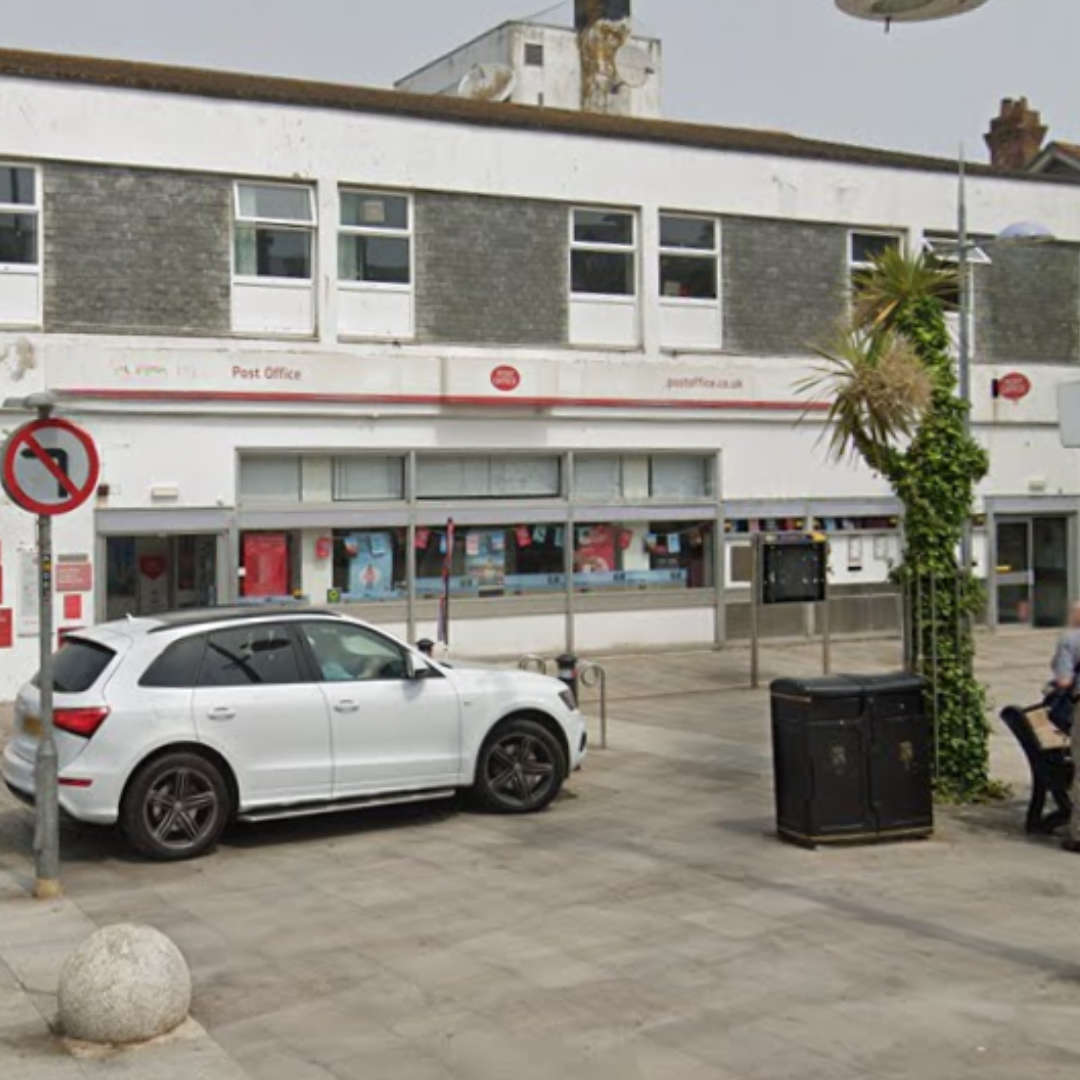 Newquay's main Post Office to be sold off
Newquay's main Post Office to be sold off
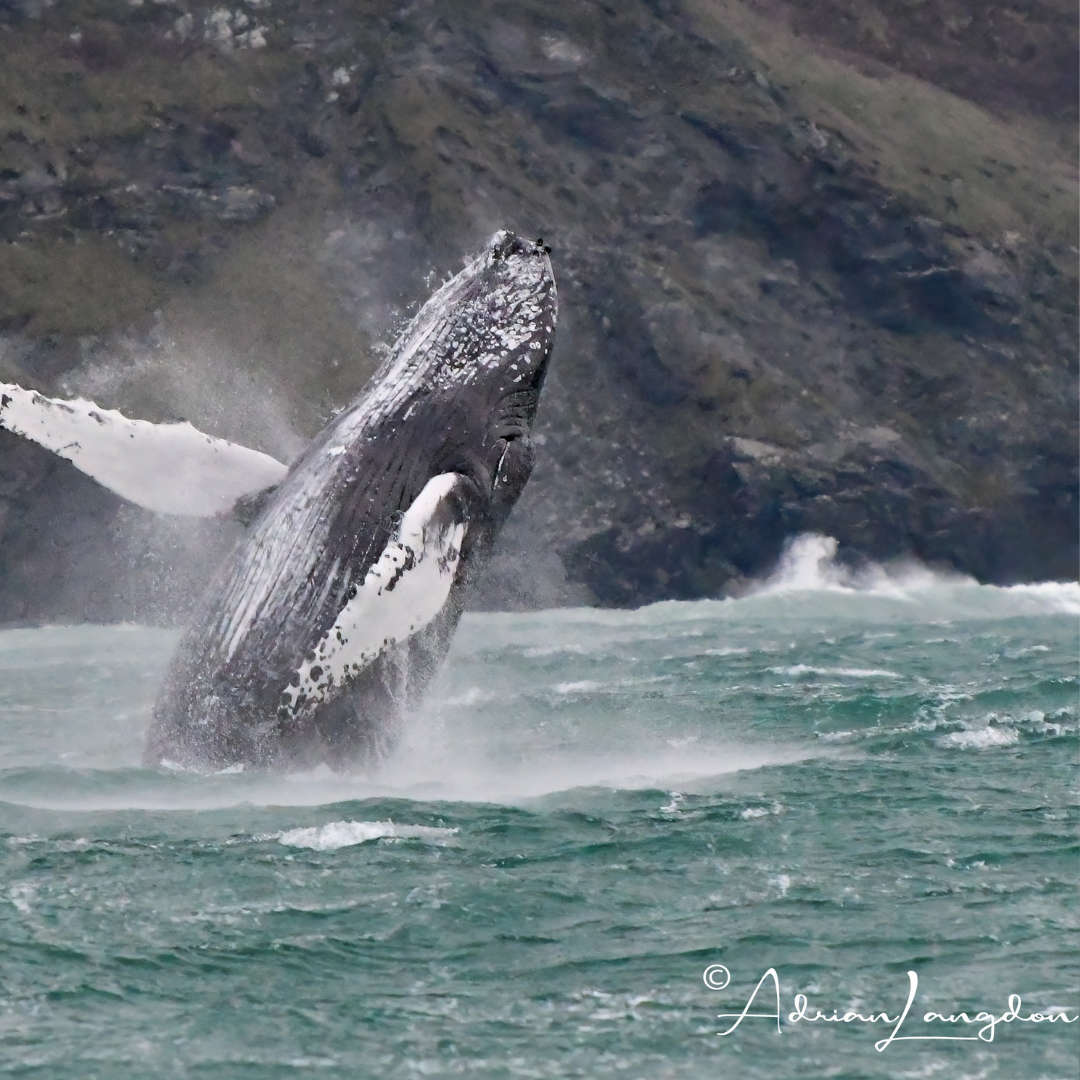 Police tackle "growing problem" of wildlife disturbance along the coast
Police tackle "growing problem" of wildlife disturbance along the coast
 Fish and Chip shop owners call for VAT reform after temporary closure
Fish and Chip shop owners call for VAT reform after temporary closure
 Work begins on new wildlife ‘Hogspital’ near Newquay
Work begins on new wildlife ‘Hogspital’ near Newquay
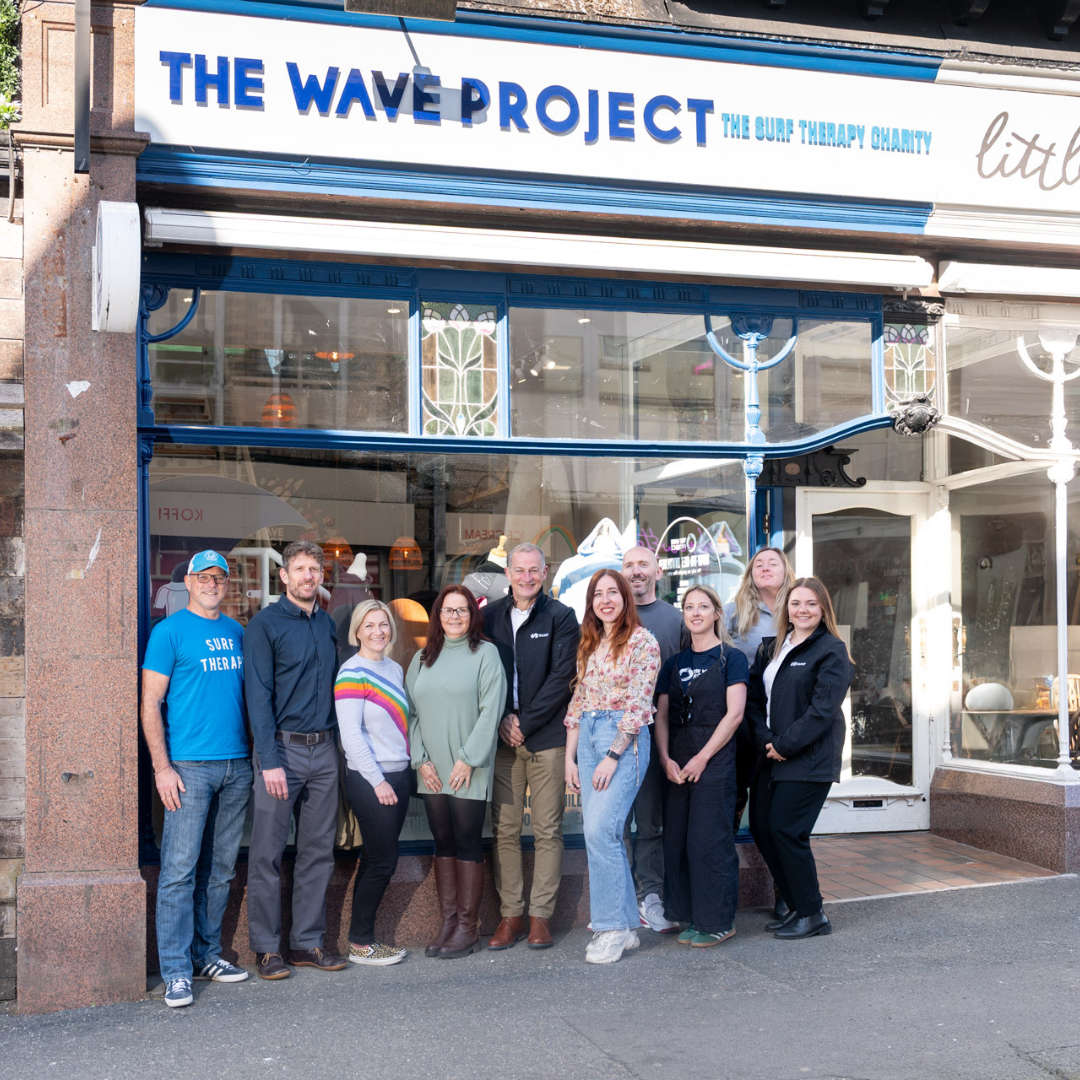 Boost for wetsuit recycling scheme as The Wave Project opens revamped shop
Boost for wetsuit recycling scheme as The Wave Project opens revamped shop
 Concert featuring young Newquay talent to support next generation of musicians
Concert featuring young Newquay talent to support next generation of musicians
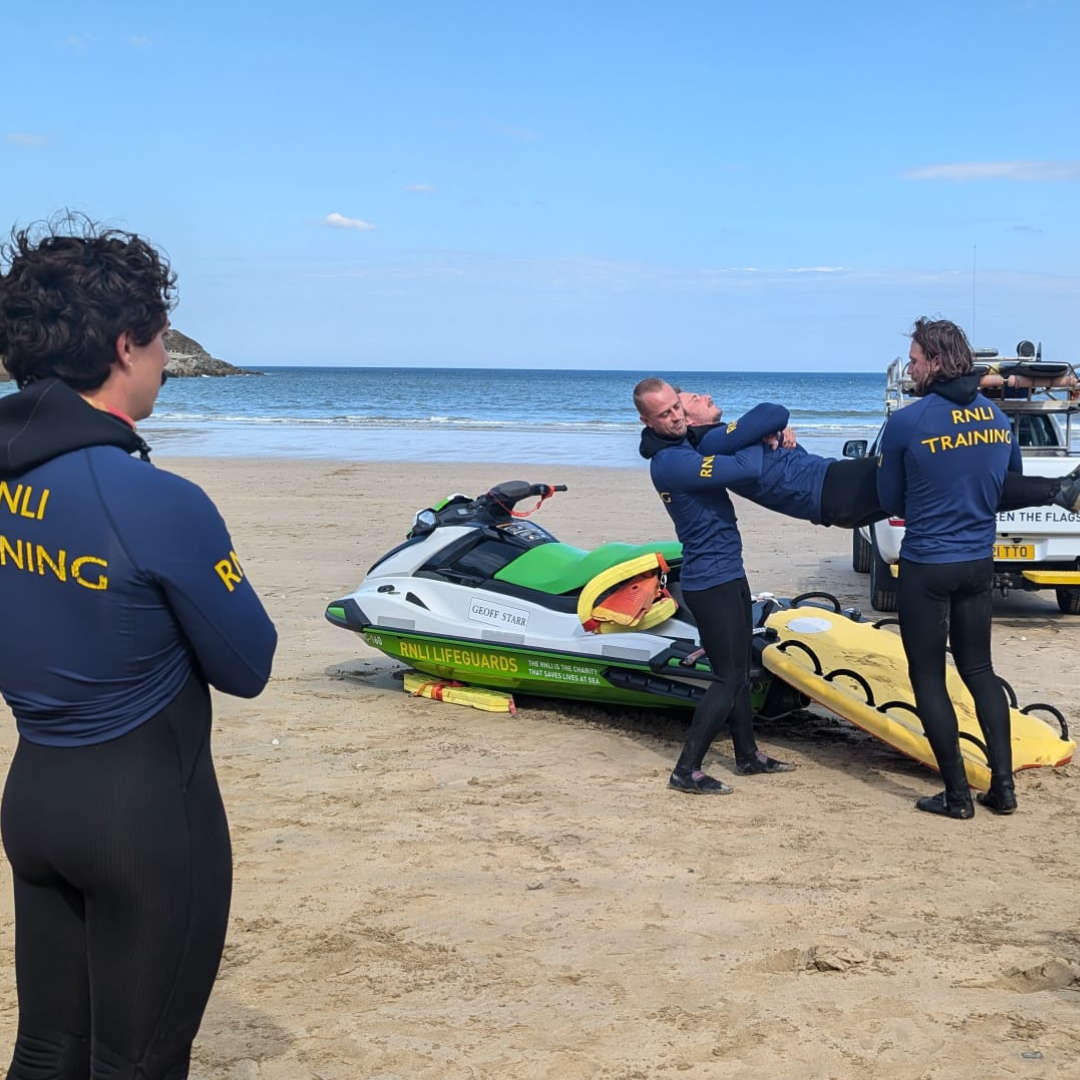 RNLI Lifeguards return to Newquay beaches for Easter
RNLI Lifeguards return to Newquay beaches for Easter
 Newquay hotel sold in off-market deal
Newquay hotel sold in off-market deal
 Fourth mural added to Newquay’s street art walking trail
Fourth mural added to Newquay’s street art walking trail
 LISTEN AGAIN: How Treviglas Academy turned its Ofsted rating from ‘Requires Improvement’ to ‘Good’
LISTEN AGAIN: How Treviglas Academy turned its Ofsted rating from ‘Requires Improvement’ to ‘Good’
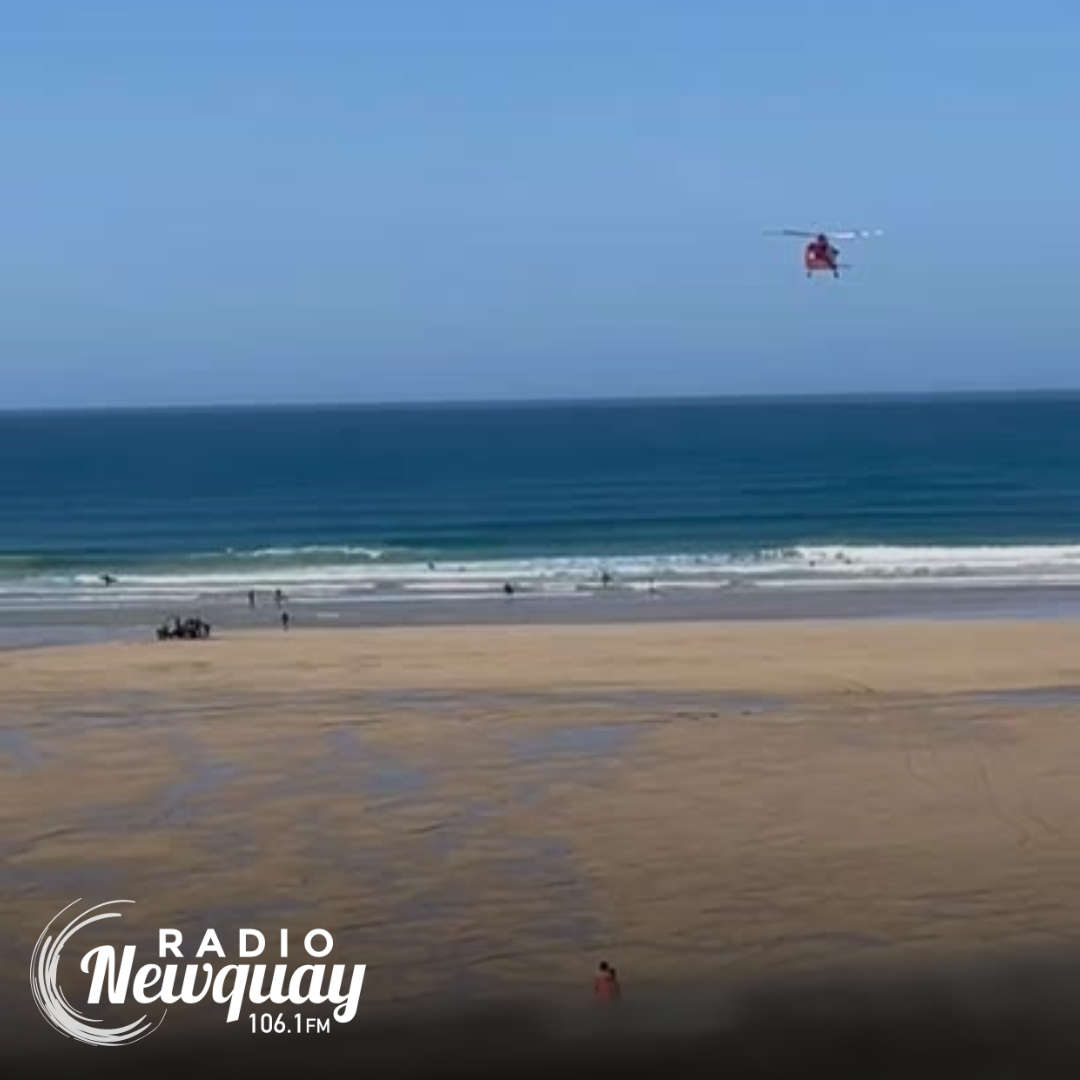 Casualty airlifted to hospital following rescue at Fistral
Casualty airlifted to hospital following rescue at Fistral
 Newquay children’s clothing project urgently seeks new premises
Newquay children’s clothing project urgently seeks new premises
 Property damaged by suspected object from aircraft
Property damaged by suspected object from aircraft
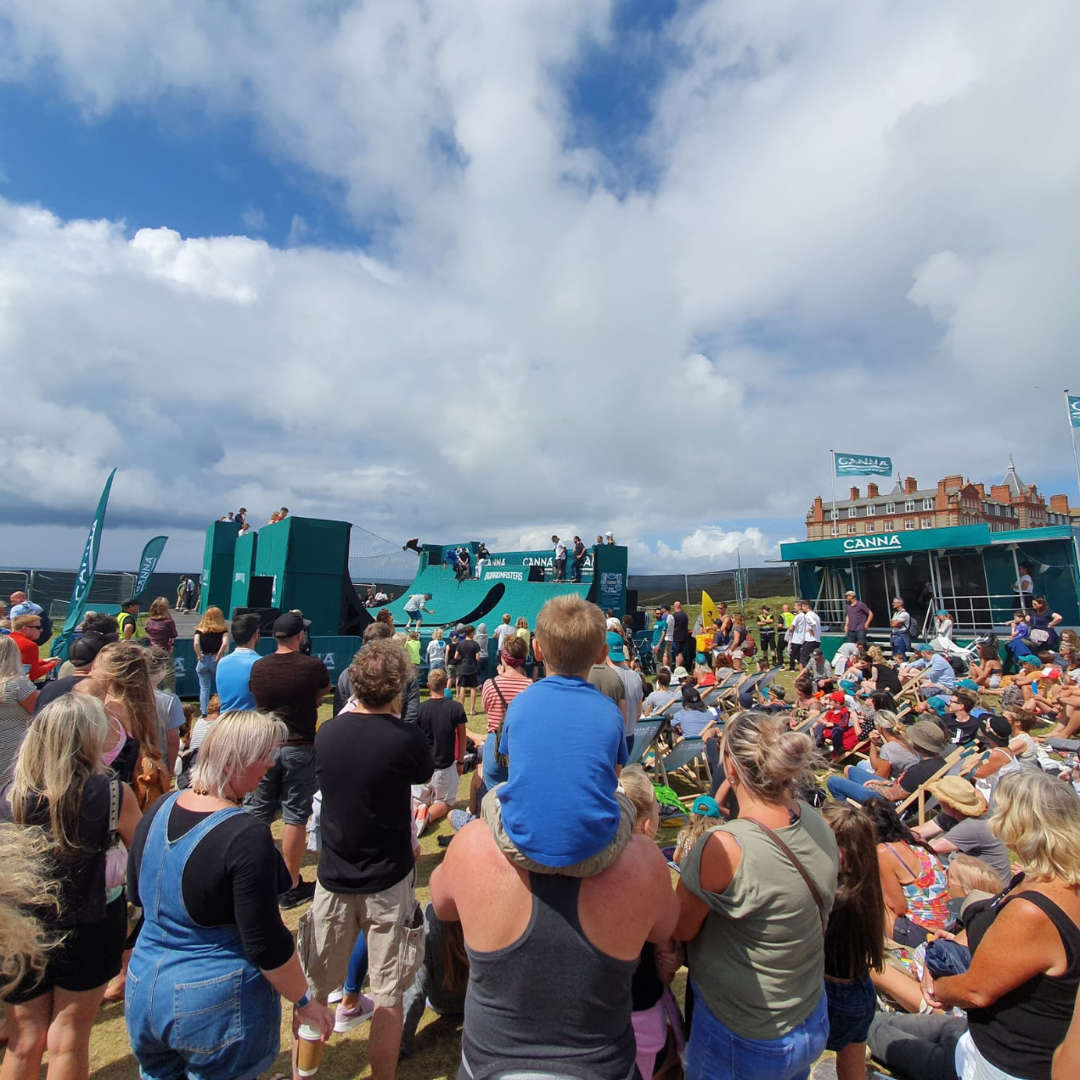 Boardmasters to support Newquay businesses in app
Boardmasters to support Newquay businesses in app





